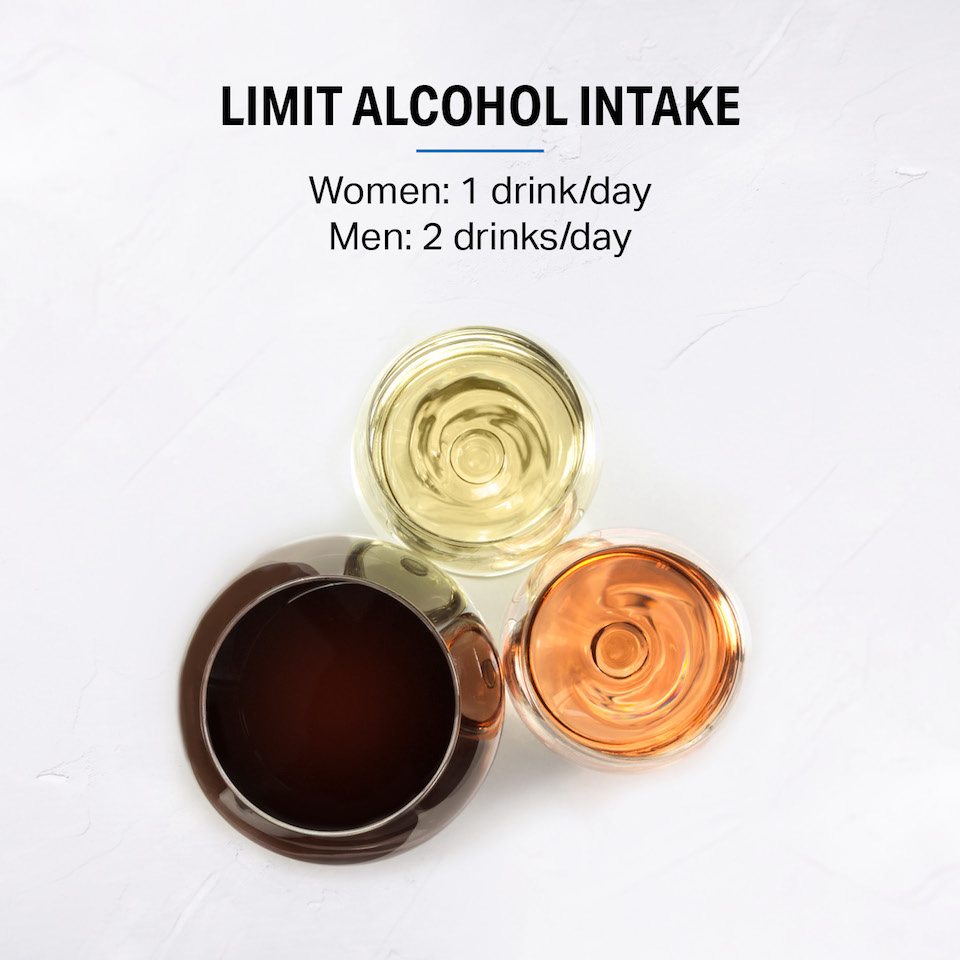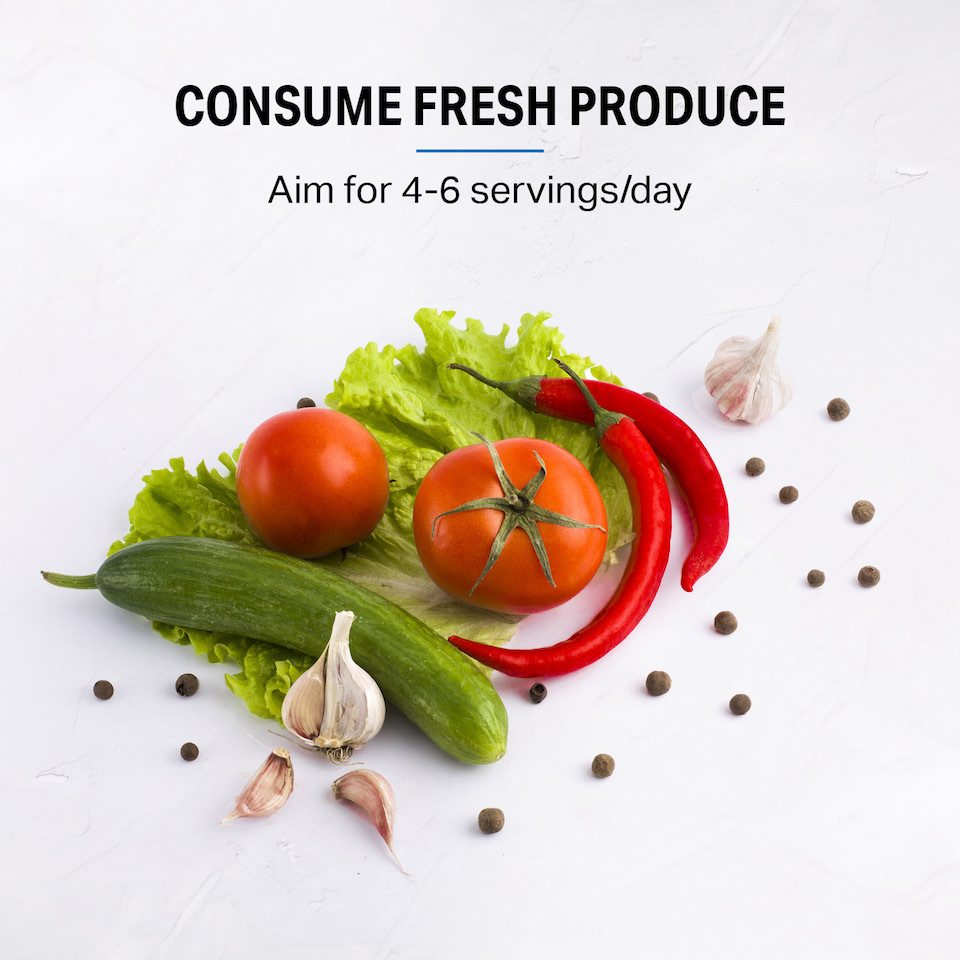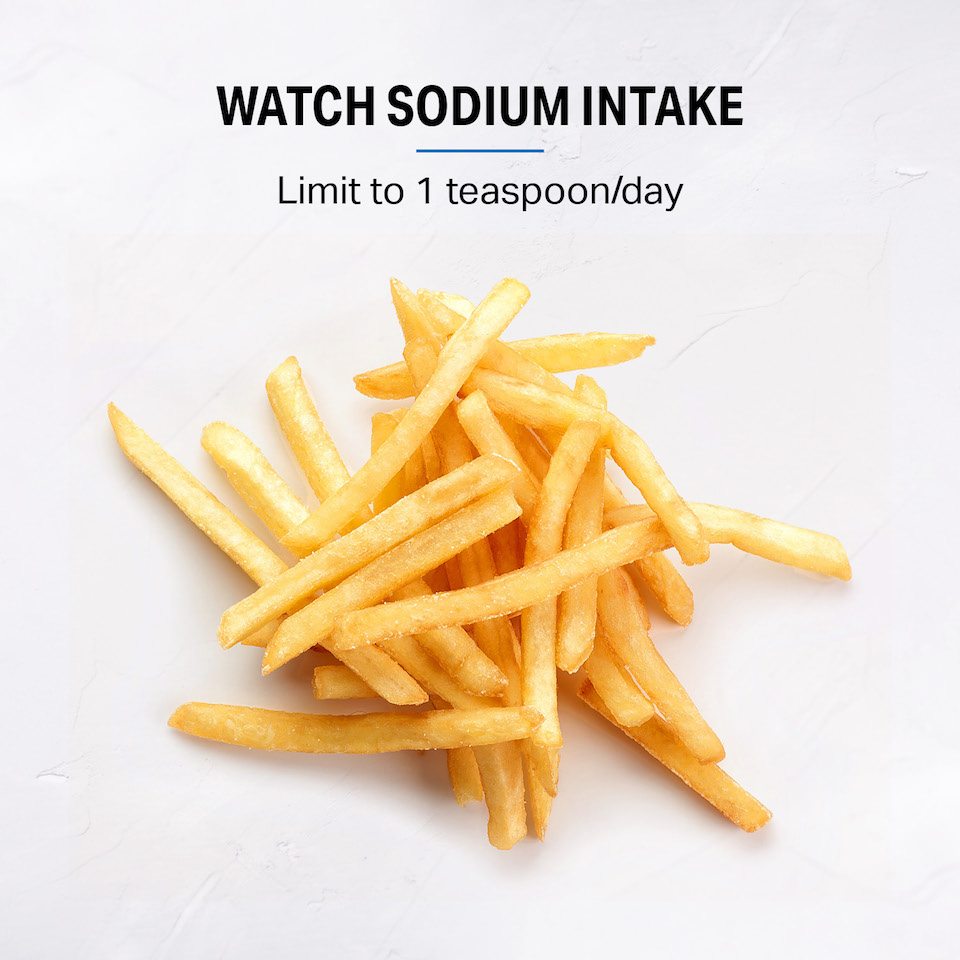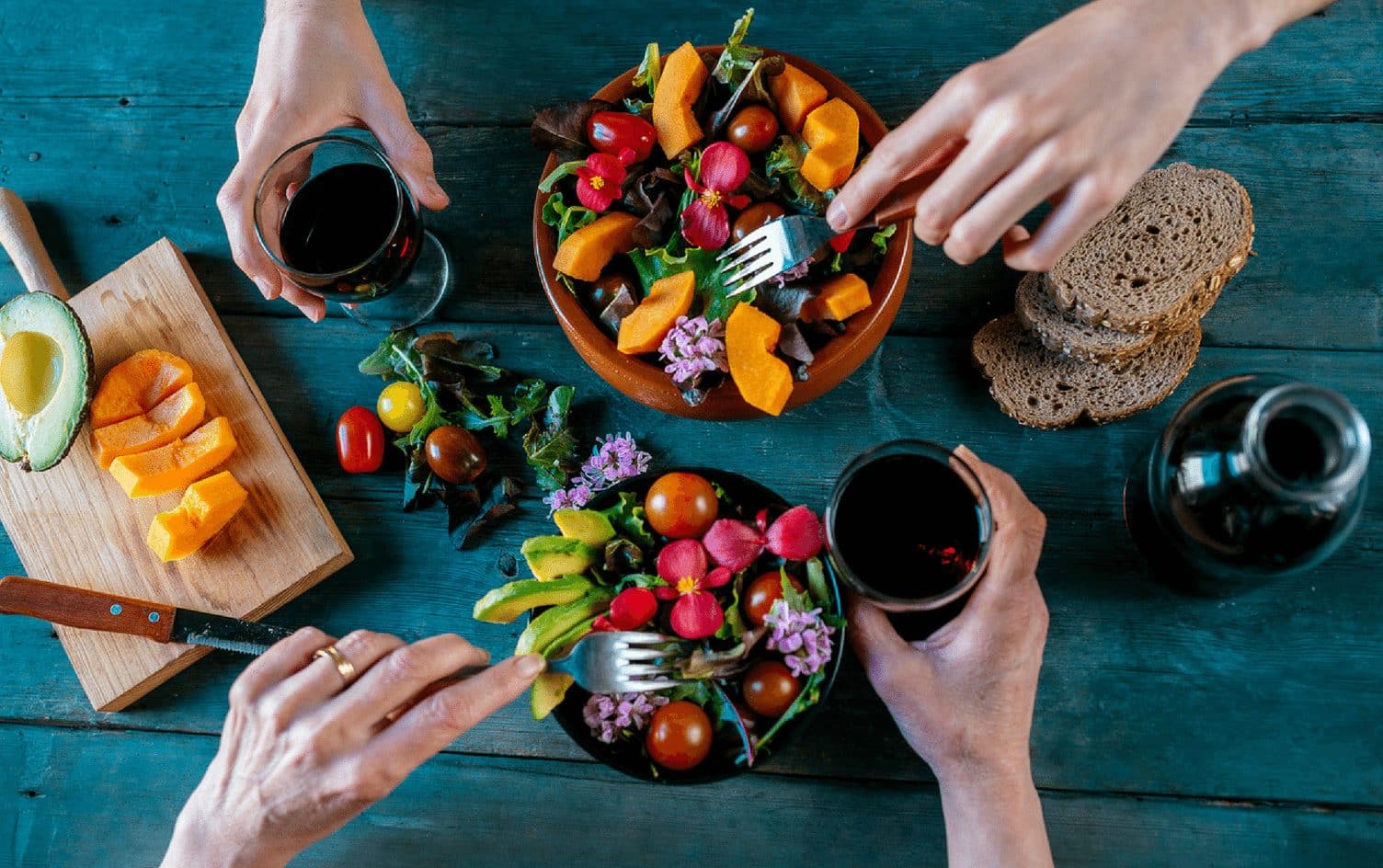The American Heart Association recently released new blood pressure guidelines, based on research of more than 900 published studies. The guidelines, developed by the American Heart Association, American College of Cardiology and nine other health organizations, now recommend treating high blood pressure levels earlier.
This change is meaningful, as it is well established that high blood pressure increases the risk for coronary artery disease, stroke and cardiovascular events. High blood pressure, or hypertension, is now diagnosed as anything above 130/80 mm Hg, a decrease of 10 points from the original 140/90 mm Hg.
Hypertension, is commonly known as the “silent killer” because there aren’t many symptoms and it accounts for the second largest number of preventable heart disease and stroke deaths. With this new definition, nearly half of Americans (46%) now have hypertension, up 14%, with the prevalence of hypertension expected to triple among men under age 45 and double among women under age 45.
Since diet is the first step toward maintaining healthy blood pressure levels, here’s how your diet can improve — or impede — your numbers:

Excessive drinking — more than one drink a day for women and more than two drinks a day for men — raises the risk of hypertension. On the other hand, one drink a day for women and two a day for men, are recommended to lower your risk.

Fruits and vegetables provide many micronutrients that benefit blood pressure. Specifically, potassium, magnesium and calcium could play a significant role in decreasing blood pressure — yet these are typically under-consumed in our diets.
The DASH diet, ranked the best diet for heart health and lowering blood pressure, recommends 4–6 servings of fruits and vegetables daily. Fruits and vegetables also provide fiber, which can help lower cholesterol. Replacing processed foods with fruits and vegetables can both reduce sodium intake and improve fiber intake.
READ MORE > 5 CHEFS’ TRICKS TO MAKE VEGETABLES IRRESISTIBLE

Limiting sodium intake is an important step in lowering blood pressure and works in tandem with other lifestyle and diet changes. Most Americans get much more than the daily recommendation of 2,300 milligrams (about 1 teaspoon), but for those with high blood pressure, the recommendations are usually around 1,500 milligrams/day.
For starters, consider replacing processed and packaged foods with fruits, vegetables and whole grains to naturally reduce sodium, while increasing intake of potassium, magnesium and calcium.




